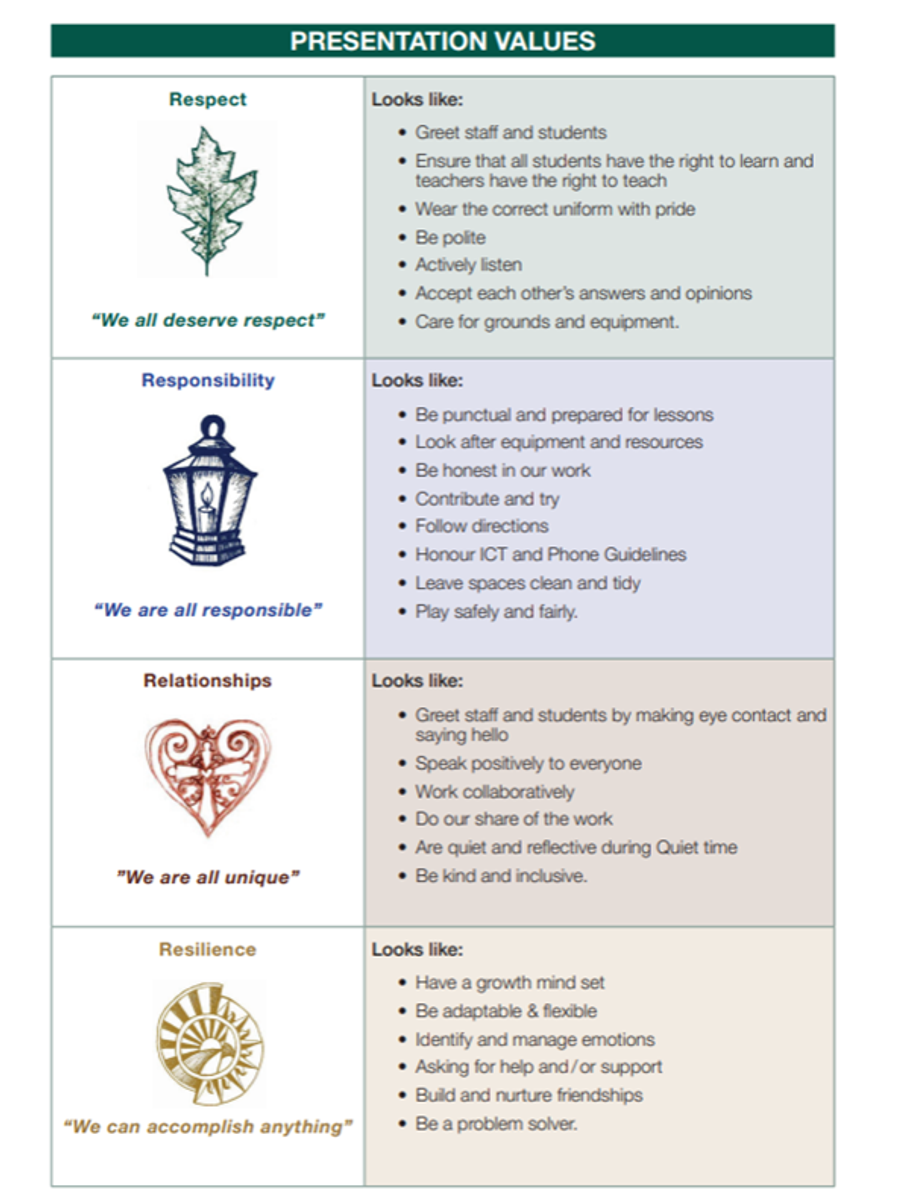Reflections on Tom Bennett’s presentation on classroom behaviour
Last Friday, I had the opportunity to attend a presentation by Tom Bennett, a behaviour advisor to the United Kingdom’s Department for Education and the author of several best-selling books on classroom behaviour.
The focus of the presentation was: What do the best teachers and leaders across education systems do to make classrooms that are safe, calm and dignified places where students flourish?
Bennett’s approach to classroom behaviour emphasises clarity, consistency and respect. The most effective strategies teachers can use to build relationships, establish routines, set boundaries and promote positive behaviour include:
- Setting clear behaviour expectations from the outset. At school, these expectations are communicated to students through discussions, visual aids such as the College diary, and clearly defined guidelines and procedures. Ultimately, all students must understand the College’s expectations.
- Establishing and maintaining consistent routines. Consistency is critically important as it allows students to feel secure and fosters a stable learning environment. For example, at St Mary’s College, there is a clear expectation that seating plans are used in all classrooms.
- Teaching behaviour as an explicit curriculum. By explicitly teaching students about appropriate behaviours, they are better equipped to navigate school successfully, contributing to a positive school culture.
- Applying consequences with certainty. Students need to understand that inappropriate behaviour which breaches College guidelines and policies will lead to consequences – such as reminders, reteaching, reflections, or suspensions. These consequences reinforce the importance of rules and help students recognise the impact of their actions.
- Fostering positive relationships and mutual respect. The goal is to build genuine, positive and respectful relationships so that teachers can teach and students can learn. An obvious starting point is learning each other’s names – teachers and students alike.
- Maintaining high expectations without compromise. To foster a culture of excellence, all students are expected to meet the school’s behavioural standards. While some students may need scaffolding to achieve this, the expectation remains the same: behave appropriately in the moment to become successful learners.
- Recognising and addressing the underlying causes of misbehaviour. When working with students and their parents/carers, understanding the root causes of misbehaviour helps identify strategies to support students in overcoming challenges.
- Implementing a behaviour curriculum to support learning. This includes teaching students about routines, expectations and social interactions both inside and outside the classroom.
Most importantly, teachers and parents/carers share a common goal: we all want the best outcomes for students. Ideally, we are singing from the same song sheet. There must be consistent values between home and school if young people are to grow up hearing strong, consistent messages about what is right. Open communication – whether through a phone call or email – is essential to allow this to happen in a timely manner. Ultimately, students are at school, and it is a teacher's job to make that happen. Students need rules and boundaries to build and maintain solid habits of success.


